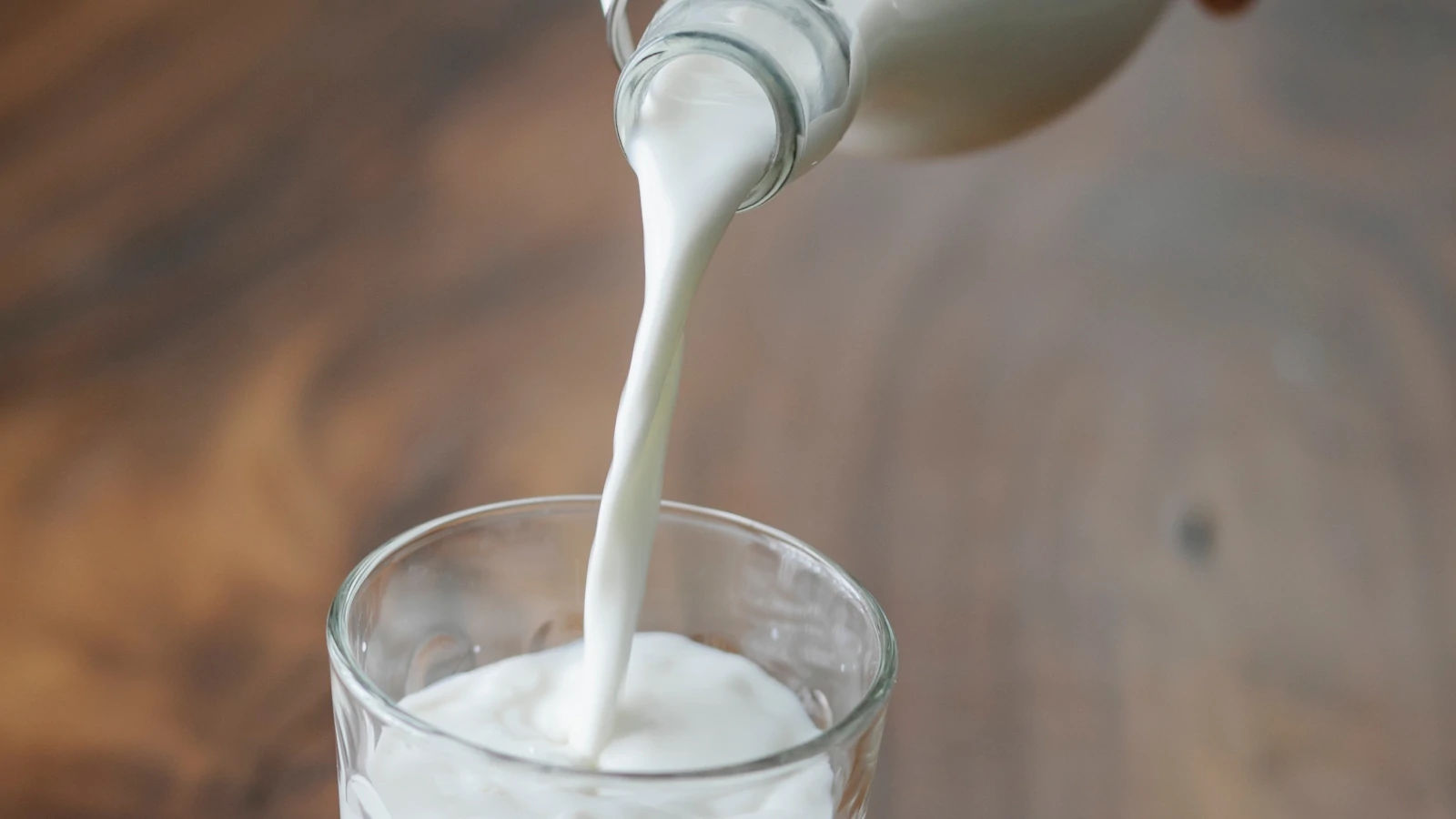Retirement
A Full Fat Retirement
Just like full fat milk, a rich retirement needs to hit the 4% sweet spot.

Just like full fat milk, a rich retirement needs to hit the 4% sweet spot.
Plan on being able to withdraw a maximum of 4% (full fat) from your portfolio each year if you want it to have a good change of lasting through your retirement. In other words, when you retire you should aim for a portfolio 25 times bigger than the amount you plan to spend from it each year.
Where does this rule come from?
From a highly cited research paper from 1998 called The Trinity Study that divided financial data into rolling 30 year periods from 1926-1995 and later updated to 1929-2009, and tested how likely a portfolio was to survive for the whole 30 years at various asset allocations and various withdrawal rates.
The prevailing theory at the time was that whatever the market return was, you could safely spend that much of your portfolio and it would last; if the market returned 10%, you could withdraw 10% and so forth. The study showed that if you actually spent more than 5% of your portfolio a year (adjusted for inflation), it was very unlikely your portfolio would last 30 years. Since every financial blogger on earth will eventually mention this study, let's look at it as well.
Most people focus on Table 2 from the paper because it summarizes the set of simulations to determine how likely it was for the portfolio of stocks and bonds to last a given number of years given a certain withdrawl rate. I have recreated so it is easy for you to copy instead of looking at a low resolution image buried in an archived paper.
Highlighted in red are the 3 and 4% withdrawl rates. As you can see, once you go above 4% for almost every combination of stocks and bonds and withdrawl periods, the chance of the portfolio surviving drops precipitously.
| Payout Period | 3% | 4% | 5% | 6% | 7% | 8% | 9% | 10% |
|---|---|---|---|---|---|---|---|---|
| 100% Stocks | ||||||||
| 15 years | 100% | 100% | 100% | 94% | 86% | 76% | 71% | 64% |
| 20 years | 100% | 100% | 92% | 80% | 72% | 65% | 52% | 45% |
| 25 years | 100% | 100% | 88% | 75% | 63% | 50% | 42% | 33% |
| 30 years | 100% | 98% | 80% | 62% | 55% | 44% | 33% | 27% |
| 75% Stocks / 25% Bonds | ||||||||
| 15 years | 100% | 100% | 100% | 97% | 87% | 77% | 70% | 56% |
| 20 years | 100% | 100% | 95% | 80% | 72% | 60% | 49% | 31% |
| 25 years | 100% | 100% | 87% | 70% | 58% | 42% | 32% | 20% |
| 30 years | 100% | 100% | 82% | 60% | 45% | 35% | 13% | 5% |
| 50% Stocks / 50% Bonds | ||||||||
| 15 years | 100% | 100% | 100% | 99% | 84% | 71% | 61% | 44% |
| 20 years | 100% | 100% | 94% | 80% | 63% | 43% | 31% | 23% |
| 25 years | 100% | 100% | 83% | 60% | 42% | 23% | 13% | 8% |
| 30 years | 100% | 96% | 67% | 51% | 22% | 9% | 0% | 0% |
| 25% Stocks / 75% Bonds | ||||||||
| 15 years | 100% | 100% | 100% | 99% | 77% | 59% | 43% | 34% |
| 20 years | 100% | 100% | 82% | 52% | 26% | 14% | 9% | 3% |
| 25 years | 100% | 95% | 58% | 32% | 25% | 15% | 8% | 7% |
| 30 years | 100% | 80% | 31% | 22% | 7% | 0% | 0% | 0% |
| 100% Bonds | ||||||||
| 15 years | 100% | 100% | 100% | 81% | 54% | 37% | 34% | 27% |
| 20 years | 100% | 97% | 65% | 37% | 29% | 28% | 17% | 8% |
| 25 years | 100% | 62% | 33% | 23% | 18% | 8% | 8% | 2% |
| 30 years | 84% | 35% | 22% | 11% | 2% | 0% | 0% | 0% |
Summary
- Your portfolio is much more likely to last if you keep stocks during retirement.
- A withdrawal rate larger than 4% means a significant risk of running out of money.
- A withdrawl rate of 3% or less will work with just about any asset allocation.
- The data is limited, but comprehensive, so even if you think 4% is too conservative, you can be fairly confident a high withdrawl rate, such as 8%, will never work.
- Plan on having a nest egg 25 times what you'll need each year when you retire.
Editor's note: One of my pet peeves are journals and websites that include tabular and text data as images, thus rendering the data almost useless for anyone who wants to download it and do some analysis. Journal papers are like data graveyards. This is why I copied out the table by hand and made a HTML version so anyone can use it.
